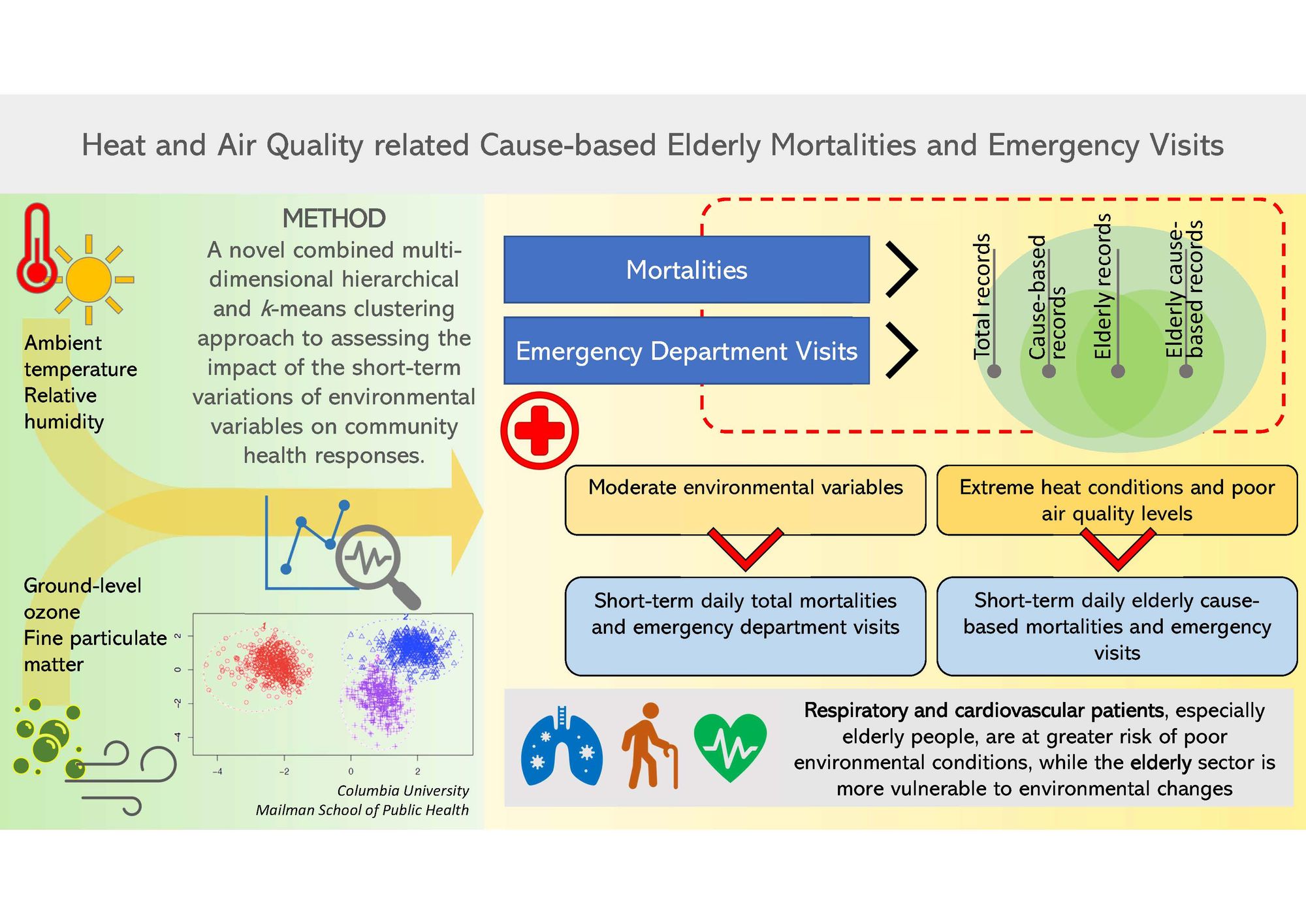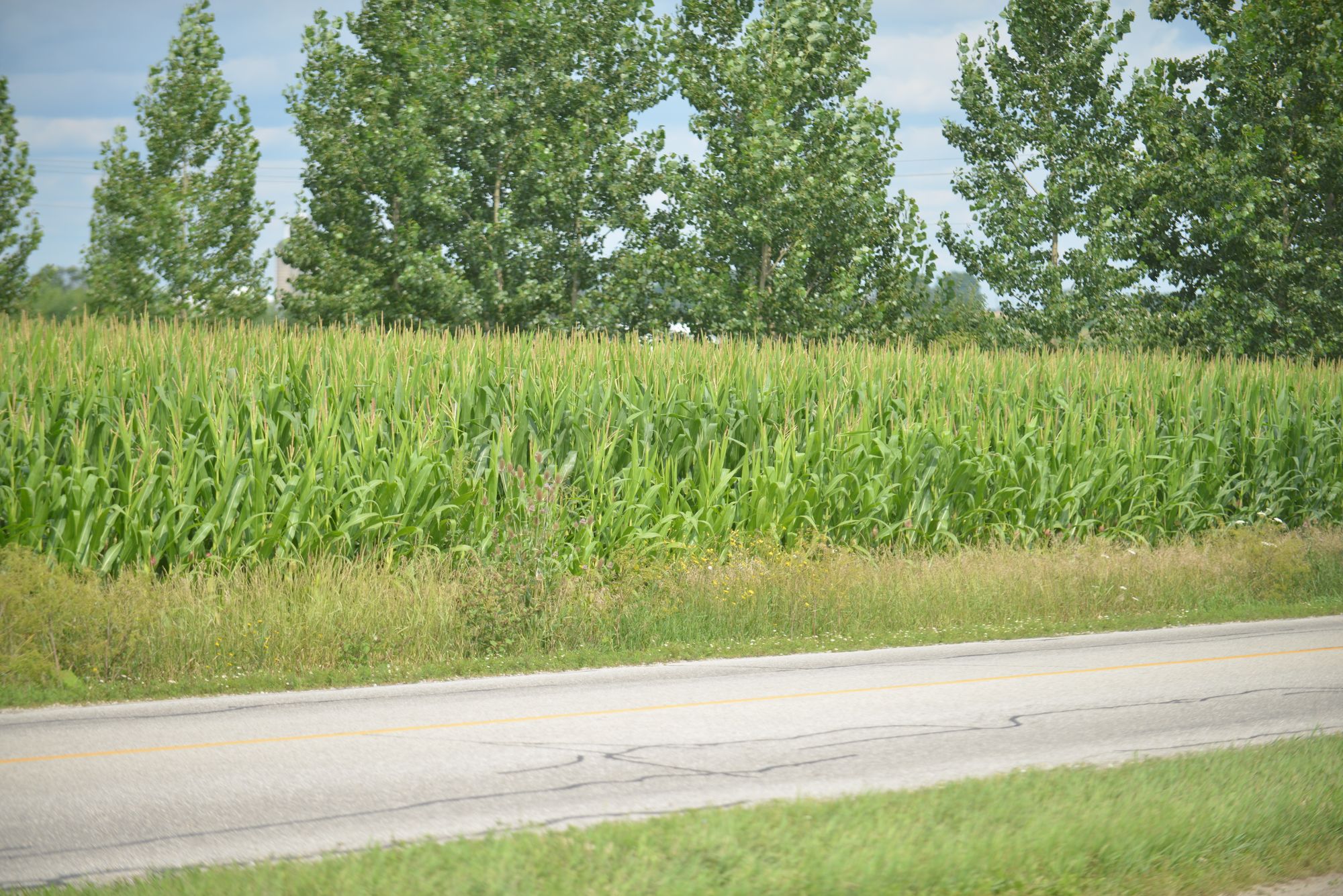People know intrinsically that bad air quality, heat and cardiorespiratory issues don’t mix. Mohammed Dardir, a postdoctoral fellow in the School of Environment, Enterprise and Development at the University of Waterloo, has the numbers to back that up.
Dardir and his team looked at the correlation between heat events and health impacts on vulnerable populations on a day-by-day basis in the communities of Mississauga and Brampton between 2003 and 2017.
The researchers studied the impact of heat waves, defined by Health Canada for southern Ontario as when daytime temperature exceeds 31 degrees Celsius, and nighttime minimum temperature is greater than 20 degrees Celsius for two days in a row. Another definition says that a heat wave occurs when the humidex, which measures the combined impact of humidity and temperature, is above 40 degrees Celsius for two days in a row. The temperature data was examined in conjunction with ozone levels and levels of fine particulate matter in the air, the two main factors that influence air quality.

Along with heat and air quality, the researchers also compared the number of trips to the emergency department for the total population, the population with cardiorespiratory issues, the elderly population and the population of elders with cardiorespiratory issues.
Dardir says the point of the study was to understand how temperature and air quality impact these populations on a specific municipal level.
“Why do we do it on that scale? Because we promote actually the main aim – the research is not only for this publication, it’s an ongoing research about promoting policies for mitigation and air pollutant mitigation strategies to promote it to the municipality, to promote mitigation strategies for the community,” he explained.
Dardir says that the method his team used for Brampton and Mississauga can be repeated for any municipality wherever the information is available, and could even be used on other datasets to understand, say, the impact of heat and air quality on worker productivity.
He notes that his team worked with the Greenbelt Foundation on the project. The foundation’s staff, along with Dardir, are working on a heat modeling report which will speak on why it’s important to better understand the relationship between heat events and health, as well as what can be done to help people’s chances of survival and good health.
Previous research from the Greenbelt Foundation found that a focus on increasing and preserving an urban area’s tree canopy has immediate effects on temperature. In the foundation’s report on cooling corridors, researchers found that the Greenbelt’s urban river valleys are cooler than the surrounding urban landscape, and that increasing the tree canopy by 50 per cent decreased the average temperature up to 1.3 degrees Celsius. Increasing the tree canopy by 80 per cent decreased the daily average temperatures by two degrees Celsius.
“The cooling benefits of urban and near-urban greenspace will be critical during the summer months. For residents of Ontario without air conditioning and for whom a visit to a nearby mall or community centre to cool down is out of the question, time spent in greenspace may be the best means for staying active and cool,” said the report.
Dardir hopes the research and methodology will be used by municipalities to make decisions about mitigation of heat impacts on vulnerable populations, with interventions like planting shade trees, investing in emergency warning programs, planning to have more staff available for ambulances or to support hospitals and long-term care homes.
“Heat waves cause more deaths in Canada than any other climate hazard,” he said in a release from the University of Waterloo. “We are getting better at being proactive and planning for climate emergencies, but we still aren’t responding to temperatures in the same way we respond to big weather events, such as floods and fires.”
Climate change models predict that heat waves will become more frequent and intense, said Dardir. So, he feels the public must take the issue seriously.
“This research is not only for having this correlation, full stop. No, we need to build on, to act. We need to do something. The community, I believe, needs to take urgent steps regarding protection against extreme heat.”









